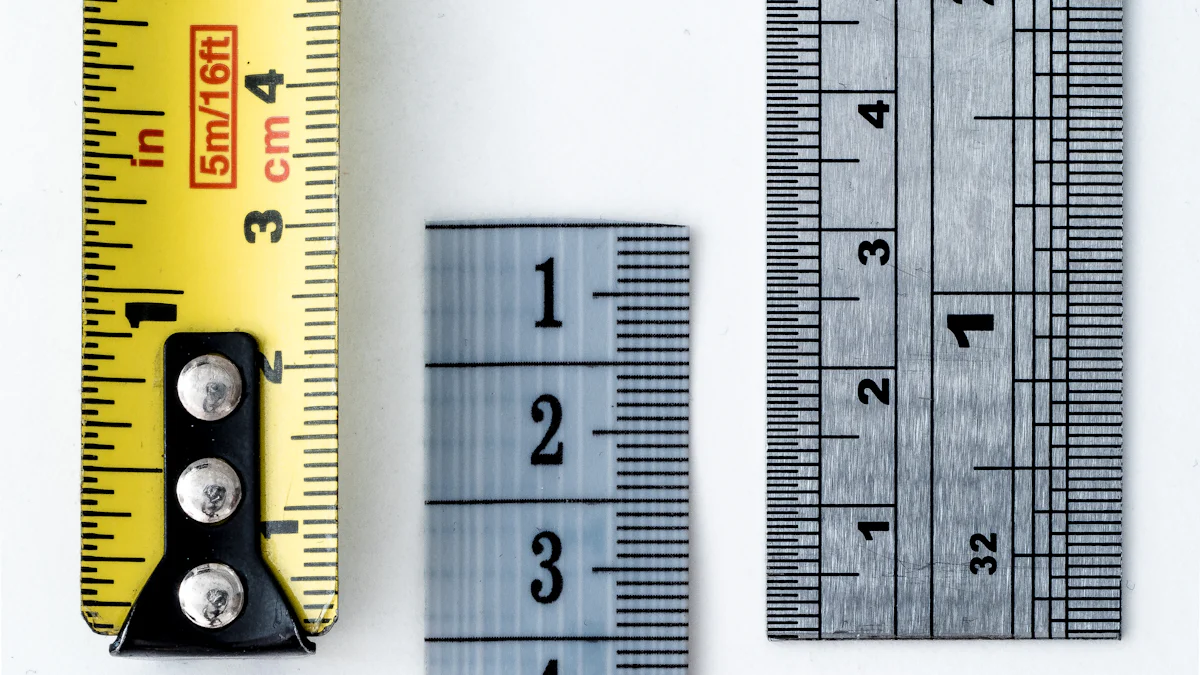
In the realm of data analysis, understanding the importance of similarity measures is paramount. Cosine similarity and Euclidean distance (opens new window) stand out as fundamental metrics in this field, each offering unique insights. While cosine similarity focuses on directional alignment between vectors (opens new window), Euclidean distance emphasizes geometric proximity (opens new window). This blog aims to delve into a comparative analysis of these two measures, shedding light on their distinct characteristics and optimal use cases.
# Distance and Similarity Measures
When exploring Mathematical Foundations of similarity measures, it's crucial to understand the essence of Cosine Similarity and Euclidean Distance.
# Cosine Similarity
To comprehend Cosine Similarity, one must grasp its core principle: measuring the cosine of the angle between two vectors. This metric is particularly valuable in scenarios where the magnitude of vectors is not indicative of their similarity. In essence, Cosine Similarity focuses on the direction rather than the distance between vectors, making it ideal for high-dimensional data (opens new window) analysis.
# Euclidean Distance
On the other hand, Euclidean Distance calculates the straight-line distance between two points in space. This metric is fundamental in determining geometric proximity between vectors, especially in lower-dimensional spaces (opens new window) where magnitudes play a significant role in similarity assessment.
# Performance Comparison
When considering Performance Comparison, it's essential to evaluate how these measures fare in different data scenarios.
For High-dimensional data, Cosine Similarity often outshines Euclidean Distance due to its ability to handle vectors with varying lengths effectively.
In contrast, when dealing with Low-dimensional data, where vector magnitudes are crucial for similarity determination, Euclidean Distance may offer more precise results.
# Practical Considerations
In terms of practical application, certain considerations can significantly impact the choice between these two measures:
Data Normalization (opens new window): Ensuring that all features are on a similar scale can influence the performance of both metrics. Normalizing data before applying similarity measures can lead to more accurate results.
Computational Complexity (opens new window): When dealing with large datasets, understanding the computational demands of each measure is vital. While Cosine Similarity tends to be more efficient for high-dimensional data due to its directional focus, Euclidean Distance may pose challenges in terms of scalability.
As researchers delve deeper into similarity measures and their implications across various domains, understanding when to leverage either Cosine Similarity or Euclidean Distance becomes increasingly critical for optimal outcomes.
# Applications in Clustering
# Clustering Algorithms
K-Means Clustering (opens new window)
In the realm of clustering algorithms, K-Means Clustering stands out as a popular method for partitioning data points into distinct clusters. This algorithm iteratively assigns data points to clusters based on the similarity of their features. By minimizing the within-cluster sum of squares, K-Means effectively segregates data points into cohesive clusters, making it a valuable tool in various clustering tasks.
Tree-based Algorithms (opens new window)
Another category of clustering algorithms includes Tree-based Algorithms, which leverage hierarchical structures to organize data points into clusters. These algorithms recursively partition the dataset into subsets, forming a tree-like structure where each node represents a cluster. By hierarchically grouping similar data points, tree-based algorithms offer a different perspective on clustering and can be particularly useful when dealing with complex datasets.
# Real-world Applications
Text Analysis (opens new window)
One practical application of similarity measures in clustering is Text Analysis, where understanding the semantic similarity between text documents is crucial. By utilizing cosine similarity (opens new window), analysts can measure the directional alignment between document vectors, enabling efficient clustering based on textual content. This approach is especially relevant in natural language processing (NLP) tasks and has been widely adopted in various industries for sentiment analysis, topic modeling, and document categorization.
Image Recognition (opens new window)
In the domain of computer vision, Image Recognition heavily relies on clustering techniques to classify and group similar images. Euclidean distance plays a significant role in measuring the geometric proximity between image features, facilitating accurate image clustering. By identifying patterns and similarities among images, clustering algorithms enhance image retrieval systems and support applications such as facial recognition, object detection, and content-based image retrieval.
In data mining, similarity and dissimilarity measures are indispensable for comparing and analyzing vast datasets (opens new window) effectively.
The choice of a suitable similarity measure significantly impacts the accuracy of search results (opens new window) in time-series analysis.
Opt for Cosine Similarity in high-dimensional data or text analysis where vector magnitude is not critical (opens new window); select Euclidean Similarity for lower-dimensional spaces where vector magnitude plays a vital role.
The decision between Cosine Similarity and Euclidean Similarity hinges on the characteristics of the data and the objectives of the analysis.



